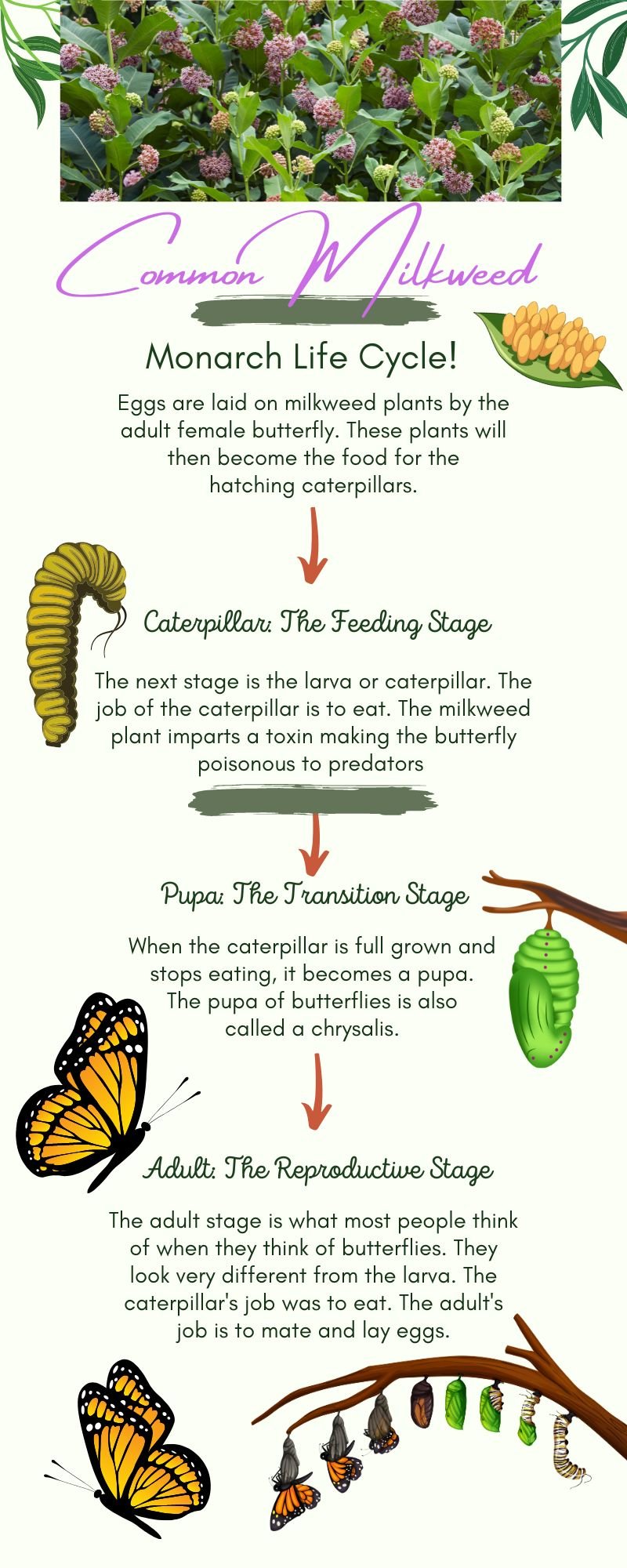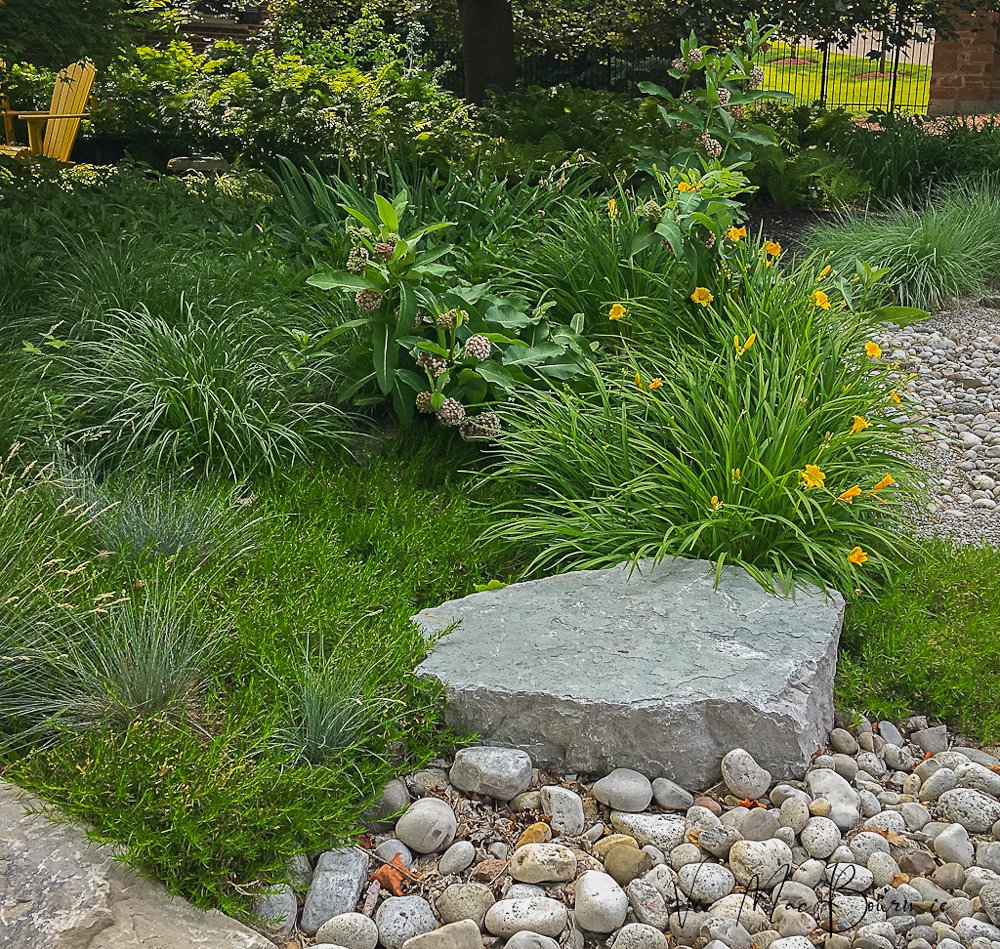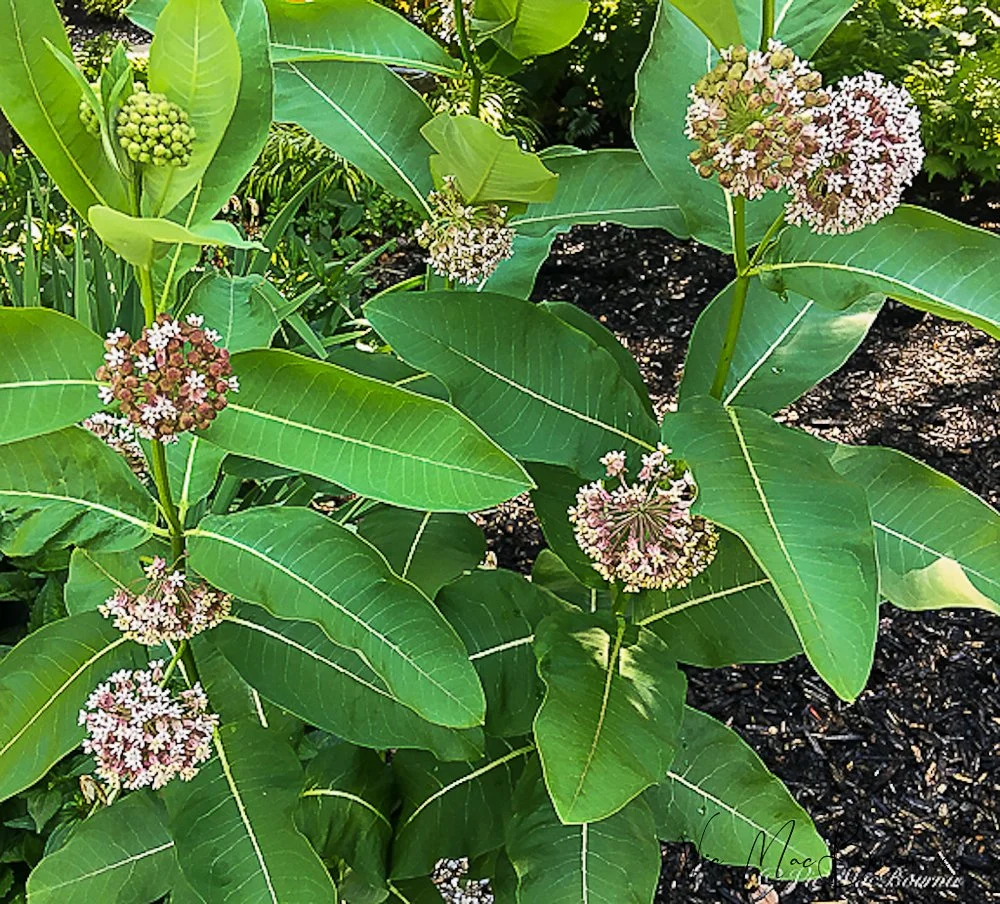How to grow common milkweed and why it should be in every garden
It’s not just for Monarch butterflies
Common milkweed is an outstanding native plant that needs to find a place in every garden. Even if it’s nothing more than a small patch in a corner of the yard, we need common milkweed in our gardens.
Yes, it is a great pollinator plant. And yes, it’s the host plant for our beautiful Monarch butterflies that are completely dependent on the plant for their future.
That should be enough to convince any wildlife gardener to have a patch of common milkweed in a prominent spot in the garden.
But too few people talk about the incredible beauty of this plant in full bloom. Massive balls of pinkish-mauve blooms that can take centre stage in any garden for their outstanding beauty.
Add butterflies flitting about it and how can you go wrong?
Common milkweed, scientifically known as Asclepias syriaca, is a native perennial that can be found throughout North America.
As we said, its stunning flowers and unique characteristics make it a favourite among natural gardeners and nature enthusiasts alike.
How to grow common milkweed
To successfully grow common milkweed, you need to start with the right seeds or plants. You can find common milkweed seeds at local nurseries or online stores specializing in native plants.
Alternatively, you can also collect seeds from existing milkweed plants in your area in the fall when the large seed pods open up to reveal the unique seeds heads. The unique dispersal method of common milkweed seeds has long been a favourite of children (and adults alike) who who watch as the seeds attached to a silvery, feathered sail are lifted into the sky with the slightest of breezes.
Once you have the seeds, it’s time to prepare the soil. Common milkweed prefers well-drained soil, so make sure to choose a location with good drainage.
But don’t over improve the soil. Anyone who has seen Milkweed growing along roadsides knows that the plants can thrive in very average rocky soil. In fact, We had a large clump growing in one of our dry river beds in the front of the garden where they faced winter salt and hot sun most of the day.
I was able to move some of those plants to the backyard where they are forming a good sized clump that is welcome to grow as large as it wants.
Milkweed plants have long tap roots that can be very difficult to dig out if the plants are mature. Instead, look for young plants that can be moved much easier, but remember that tap root when you dig them out. It’s always a good idea to transplant any plant after a heavy rainfall.
Do not dig them from wild areas unless you know the plants are going to be bulldozed or threatened in another way. Check out my earlier post on Why we should not dig up plants from the wild.
If you are starting from seed, loosen the soil before planting and remove any weeds or grass. This will create an ideal environment for the milkweed seeds to germinate and establish themselves.
For more on attracting Monarch butterflies, check out my earlier post on Butterfly Weed.
When it comes to planting, sow the seeds directly into the soil in early spring or fall. Lightly cover the seeds with soil, ensuring they are not buried too deep. Water the area gently to keep the soil moist but not waterlogged.
As the seeds germinate and sprout, thin out the seedlings to provide enough space for each plant to grow.
Common milkweed can reach heights of up to six feet, so make sure to give them enough room to flourish.
Remember, patience is key when growing common milkweed. It may take a year or two for the plants to fully establish and bloom, but the wait will be worth it.
Importance of Common Milkweed
Now that you know how to plant and grow common milkweed, let’s explore its crucial role in supporting pollinators.
Common milkweed is a magnet for various pollinators, including bees, butterflies, and hummingbirds.
Its vibrant flowers produce nectar, which serves as a vital food source for these important creatures.
As pollinators visit the milkweed flowers to feed on nectar, they inadvertently transfer pollen from one flower to another, enabling the plants to reproduce. This process of pollination is essential for the survival and diversity of many plant species.
As we know, common milkweed is a host plant for the monarch butterfly.
Monarchs lay their tiny eggs exclusively on milkweed plants, and the caterpillars that hatch from these eggs rely solely on milkweed leaves as their food source. The leaves of the milkweed are important because they impart toxins that make the Monarch butterflies poisonous to birds and other predators.
By planting common milkweed in your garden, you are providing a critical habitat for monarch butterflies and contributing to their conservation.
Additionally, common milkweed also attracts a wide range of other beneficial insects, such as ladybugs and lacewings, which help control pests in your garden naturally. One of the more fascinating insects you will likely find on your milkweed plant is the milkweed beetle. The red and black beetle should not be considered a pest but, in fact, is part of the complicated ecosystem that exists on the milkweed plants.
Studies show that Milkweed plants that include a host of insects including aphids and milkweed beetles, prove to be more successful in bringing monarch larvae through to complete metamorphosis. So, leave your plants in a natural state, and when you notices the leaves are being eaten, it is most likely the monarch butterfly caterpillar munching on the leaves, and that, after all, is the reason we planted the milkweed.
Milkweed plants for every garden
So, by growing common milkweed, you not only enhance the beauty of your garden but also play a vital role in supporting pollinators and maintaining a healthy ecosystem.
Here are some tips to help you keep your common milkweed garden thriving.
First, make sure to water your milkweed plants regularly, especially during dry spells.
While common milkweed is relatively drought-tolerant, providing adequate moisture will promote healthy growth and blooming. However, be cautious not to overwater, as excessive moisture can lead to root rot.
Keep the area around the plants free from very competitive weeds or shrubs. Milkweed’s long tap root enables it to grow alongside other less competitive plants including grasses.





